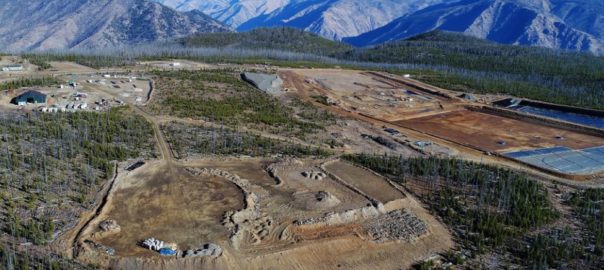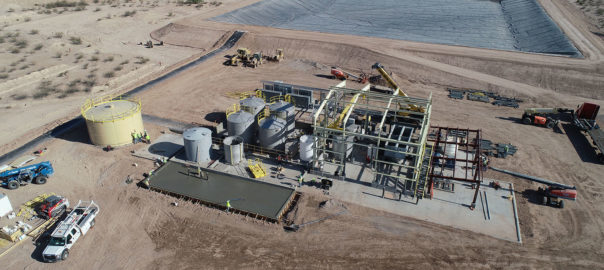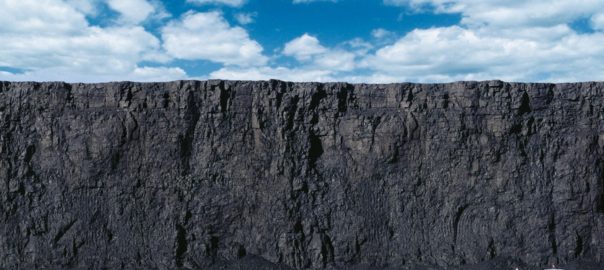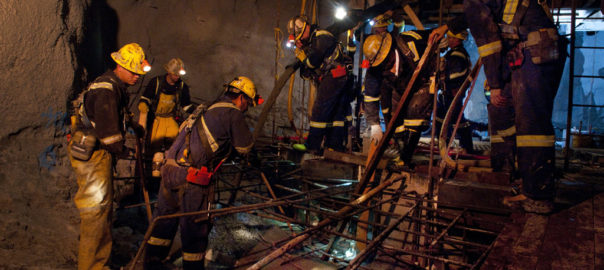Premier Gold Mines says processing of ore has commenced from the El Nino gold mine at the joint venture South Arturo mine, in Nevada, USA.
South Arturo is located in the Carlin Trend, and is a joint venture between Premier (40%) and Nevada Gold Mines (60%), a joint venture company owned by Barrick Gold and Newmont-Goldcorp with Barrick as the operator.
The El Nino mine was developed on-time and on-budget, with ore now being processed ahead of schedule, according to Premier Gold. Production is expected to ramp up in the second half of 2019, with a first gold bar pour having been held on September 26.
Premier said attributable gold production is estimated to meet the high end of its 5,000-10,000 oz guidance for the year and it expects that, owing to the high-grade ore at El Nino, South Arturo will have a positive effect on cash flow for the company.
Ewan Downie, President and CEO of Premier, said: “We are excited to once again realise the benefits of South Arturo, increasing the company’s production profile with an anticipated reduction in overall operating costs. Premier continues to benefit from the stellar performance of our partner, Nevada Gold, and its demonstrated ability to consistently execute on schedule.”
In the second half of 2019, surface and underground drilling will resume in an effort to continue delineating and expanding mineralisation at El Nino. El Nino is a high-grade underground deposit situated down plunge of the Phase 2 pit, where mining was concluded in 2017. Pre-stripping of the Phase 1 open-pit project, a second mine being constructed at South Arturo, is ongoing with a target of production in the second half of 2020. Work is also continuing to optimise heap leach material with a potential future decision to proceed with the development of a heap leach facility on the property, the company said.
Surface haulage automation is being tested out at South Arturo, where ASI Mining has successfully completed a proof of concept (POC) utilising five haulage units “that have delivered over 5.5 Mt faster than any other similar POC in the industry”, Barrick Gold said last month.













